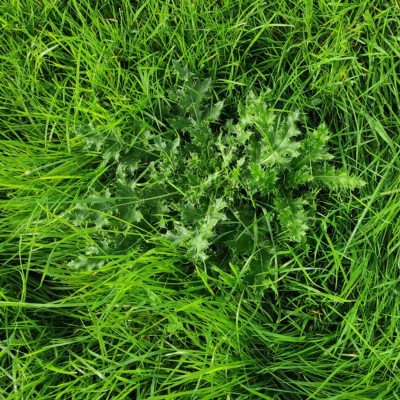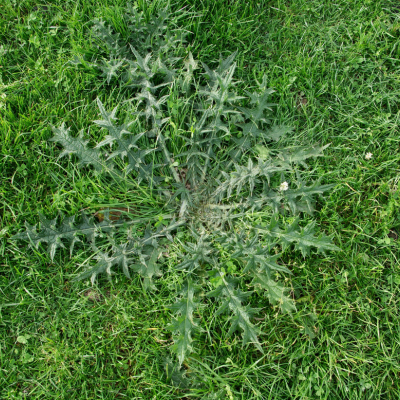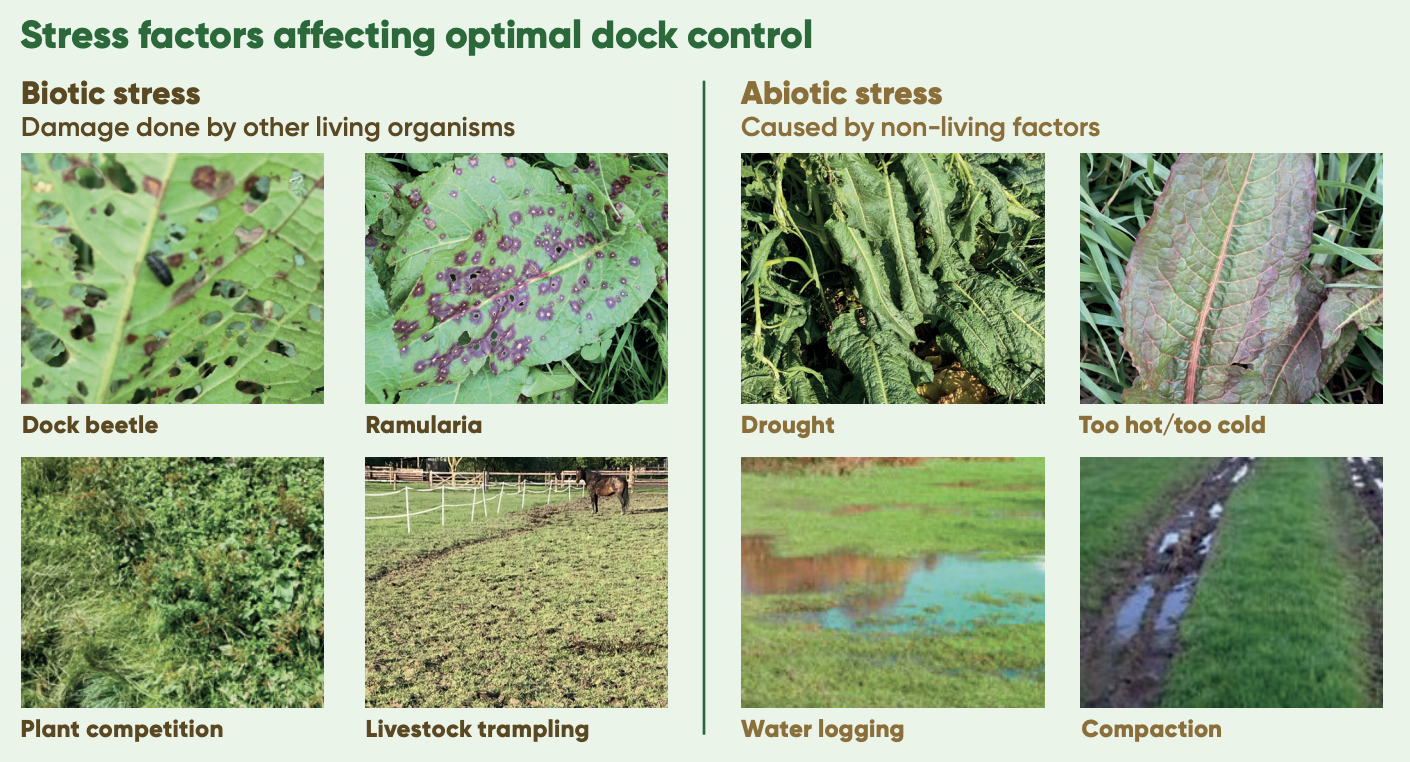
Scroll down to find out how to optimise use of ProGrass. Alternatively, download the information in PDF format here.
ProGrass best practice application advice for docks
ProGrass™ provides ‘susceptible’ levels of control, achieving 85% to 100% efficacy on docks present at the time of spraying, as measured at the end of the season.
For the best results, ensure healthy leaves, sufficient leaf area, and active growth before application.
To maximise the control of ProGrass, the following factors need to be considered:
Cold (below 6oC) and dry conditions temperatures limit active growth which reduces the effectiveness of ProGrass. Wait for optimal weather conditions and for active growth to show before using ProGrass.
Ramilaria and dock beetles limit the control of ProGrass. Treat using pesticides and fungicides before beginning treatment of ProGrass for optimal results.
Avoid spraying too soon after cutting, as the leaves will be too small compared to the roots, reducing uptake and effectiveness.
Avoid spraying docks that have started flowering or those with older leaves lacking active growth, as this can reduce effectiveness.
Pay attention to areas of high shading including covering by docs or grass. This will prevent the targeting of spray.
Topping and spraying dock regrowth at its optimal size improves control, provided key factors are met. This ensures uniform plant size with healthy, undamaged leaves for better herbicide uptake.
Stress factors affecting optimal dock control
How to optimise ProGrass application using drift reducing technology
Using drift-reducing technology such as air inclusion nozzles reduces drift by creating larger droplets when spraying. Larger drops enable the spray to travel with more accuracy and to burst on impact, spreading the herbicide across the leaf surface evenly and resulting in less drift.
ProGrass must just be applied in 200 litres of water/hectare.
The optimal travelling speed when spraying grassland is 8-10kph.
The table below shows the nozzle options based on the parameters of the overleaf:
| Billericay Farm Services (BFS) |
Hardi | Lechler | Teejet |
|---|---|---|---|
| Air Bubblejet 03 | Minidrift MD 03 | IDKN 120-03 | AIXR 110 4 |
| Air Bubblejet 04 | Minidrift MD 04 | IDKN 120-025 | AITTJ 60 110 03 |
| Air Bubblejet 05 | Minidrift MD 04 | IDKN 120-03 | AITTJ 60 110 05 |
| BFS PulZar 04 | Minidrift MD 06 | IDKN 120-04 | |
| BFS PulZar 05 | IDKN 120-05 |
ProGrass and thistle control
ProGrass does not offer control for thistles. If the weed spectrum you wish to control is wide and includes thistles as well as it being a grazing pasture, then the use of Forefront T is recommended.
If the weed spectrum is mainly thistles and the field is a grazing pasture then the use of Thistlex is recommended.

Creeping thistle

Spear thistle

